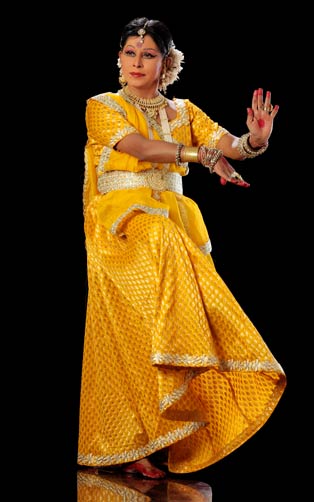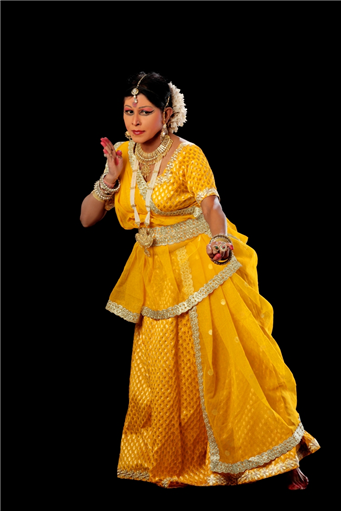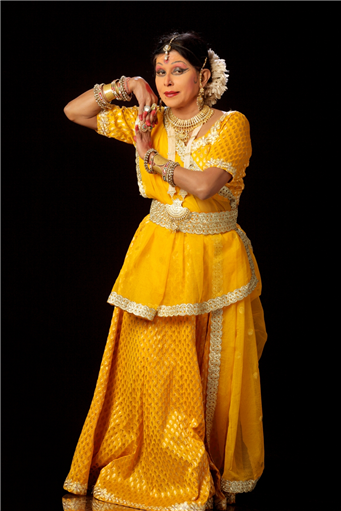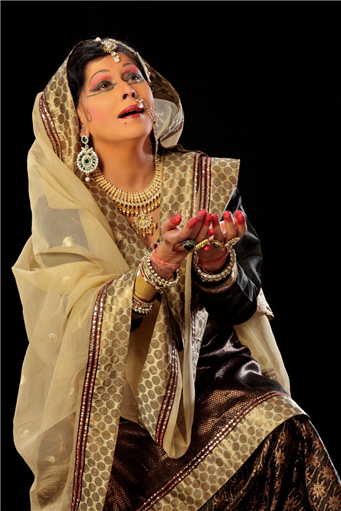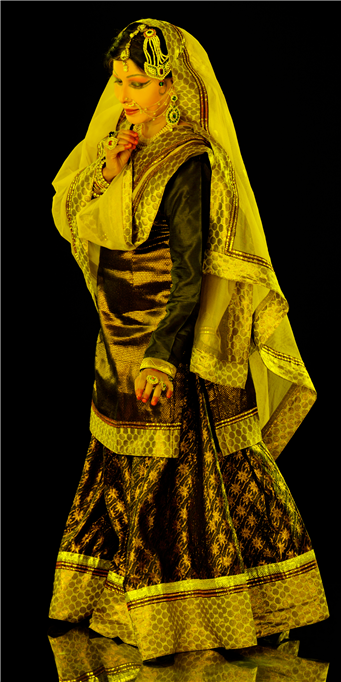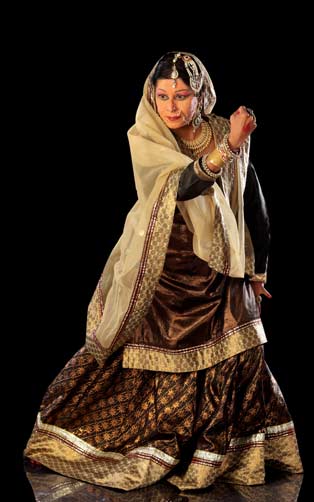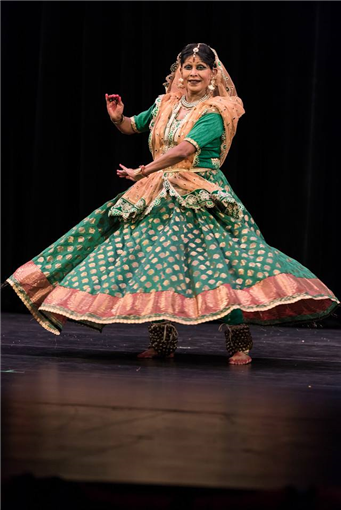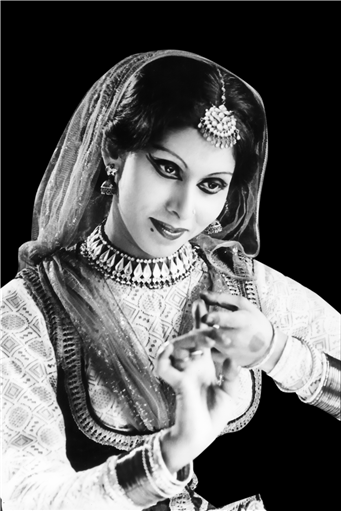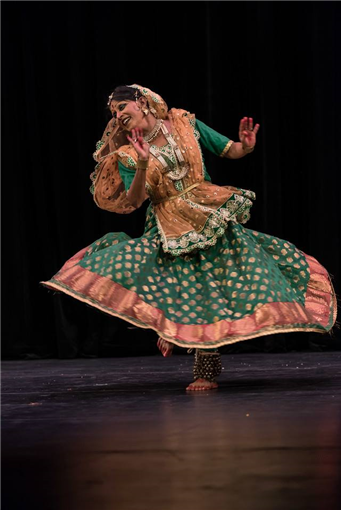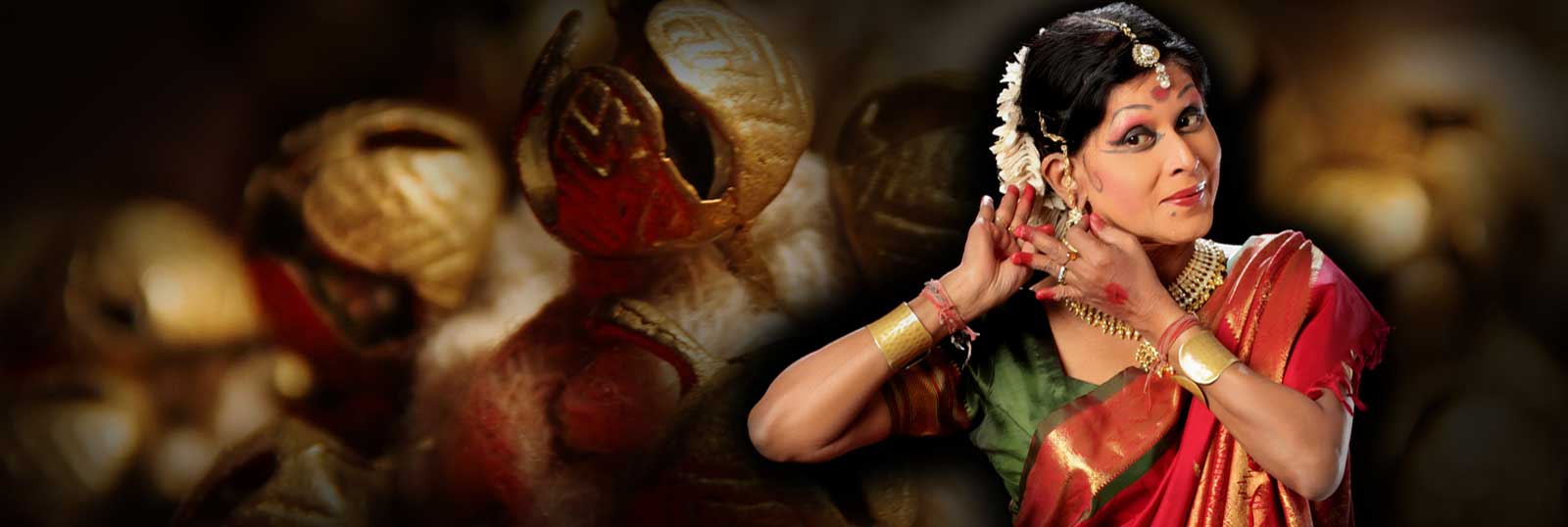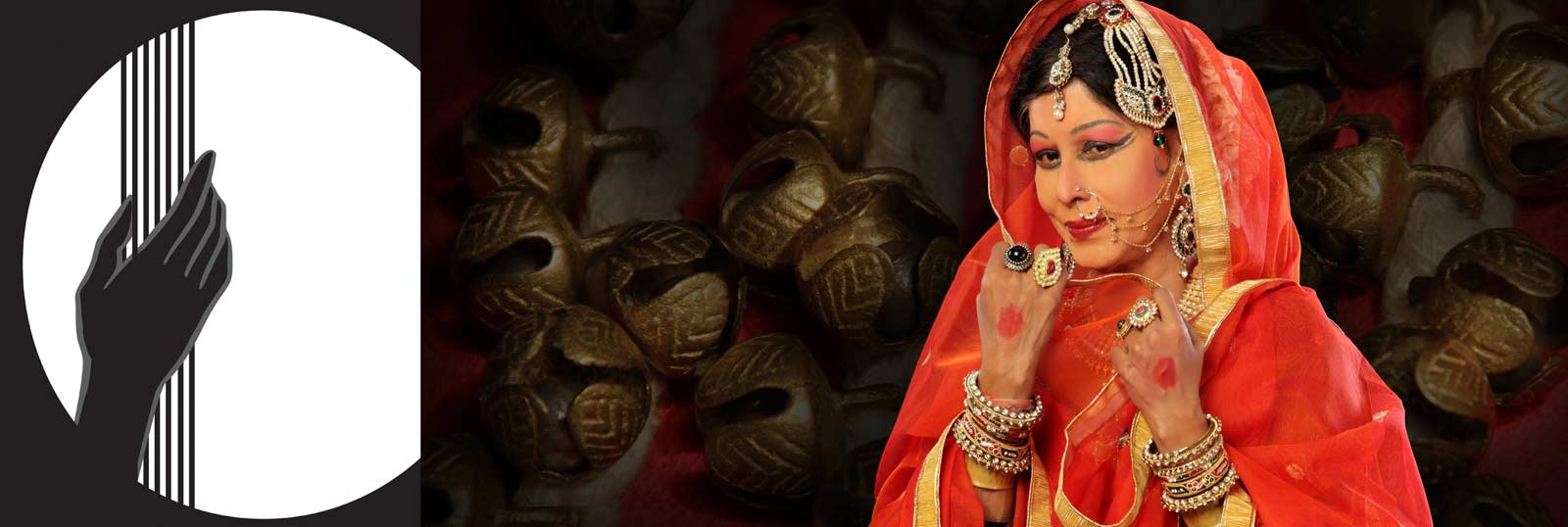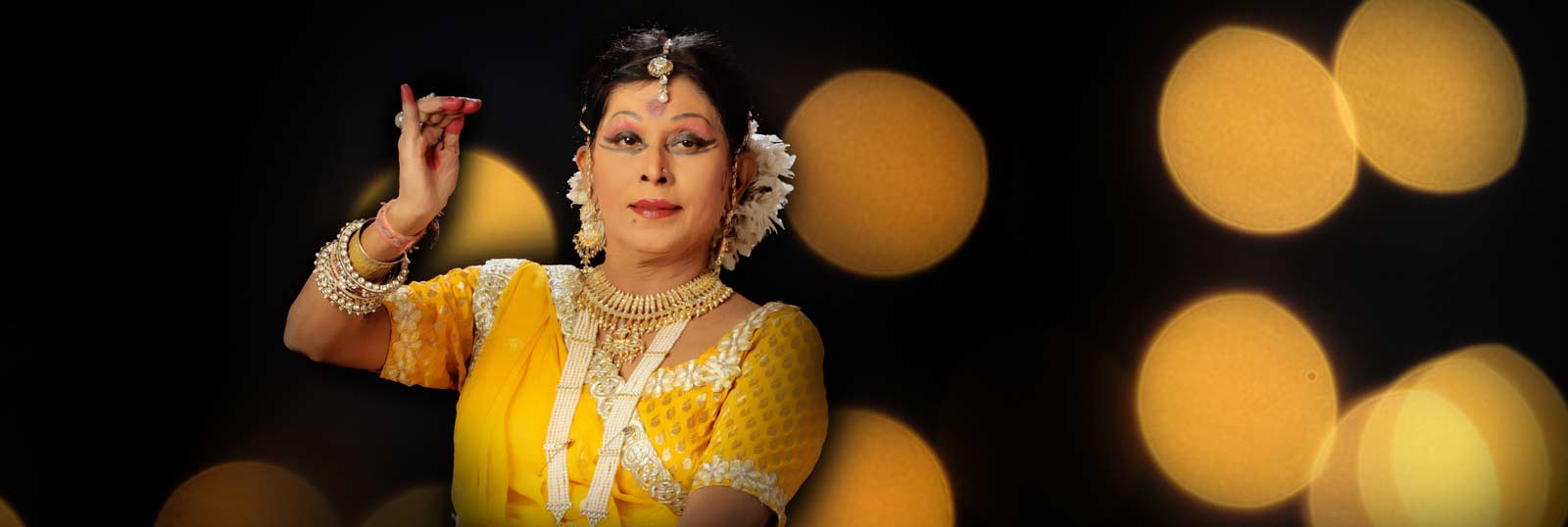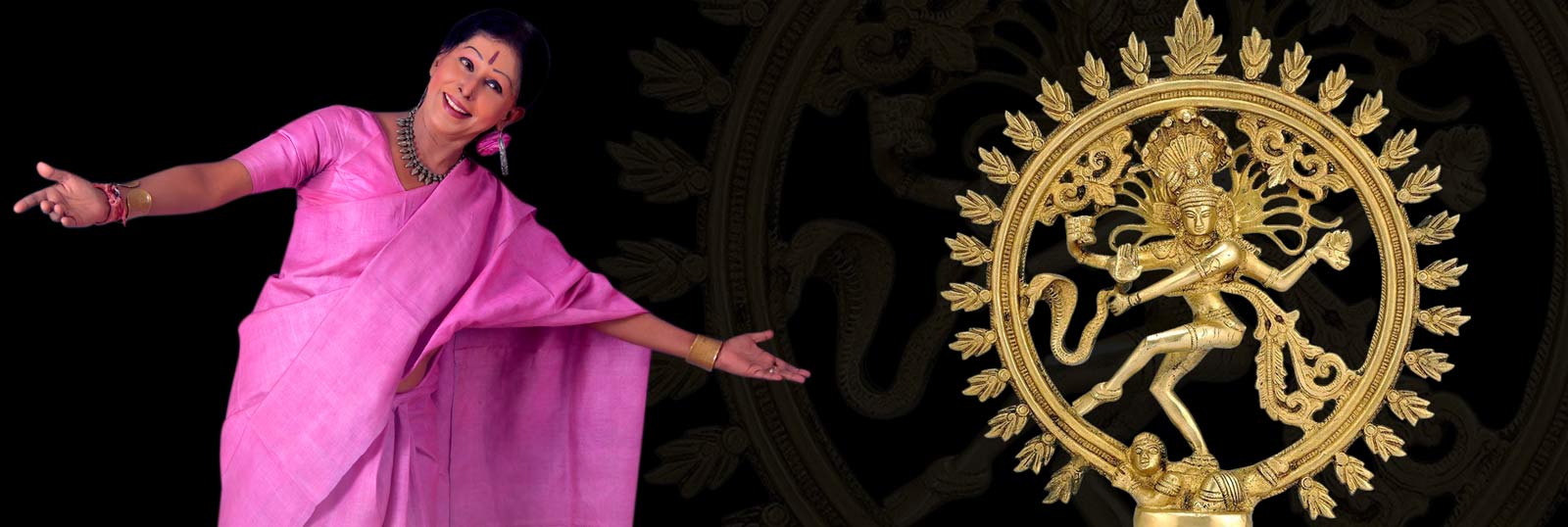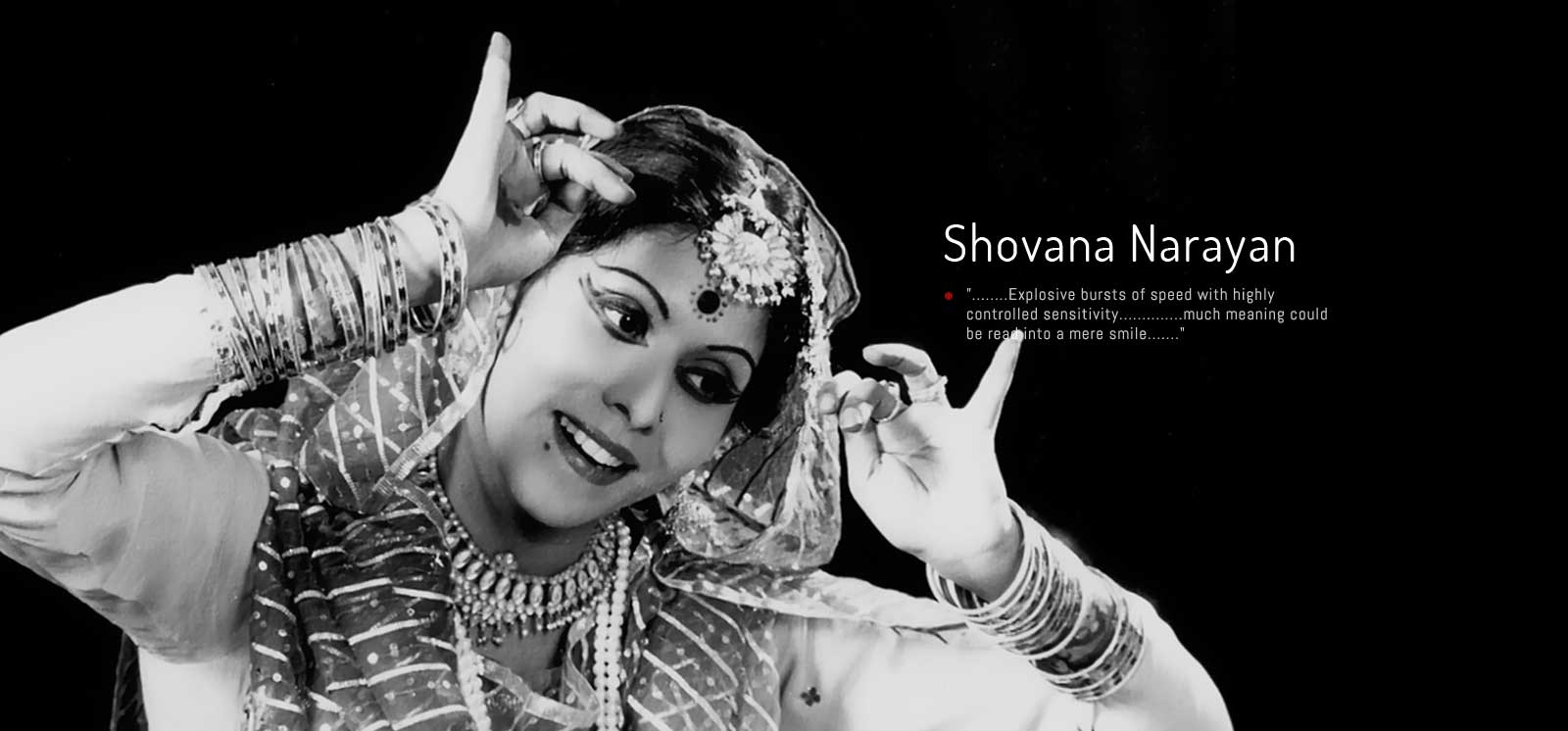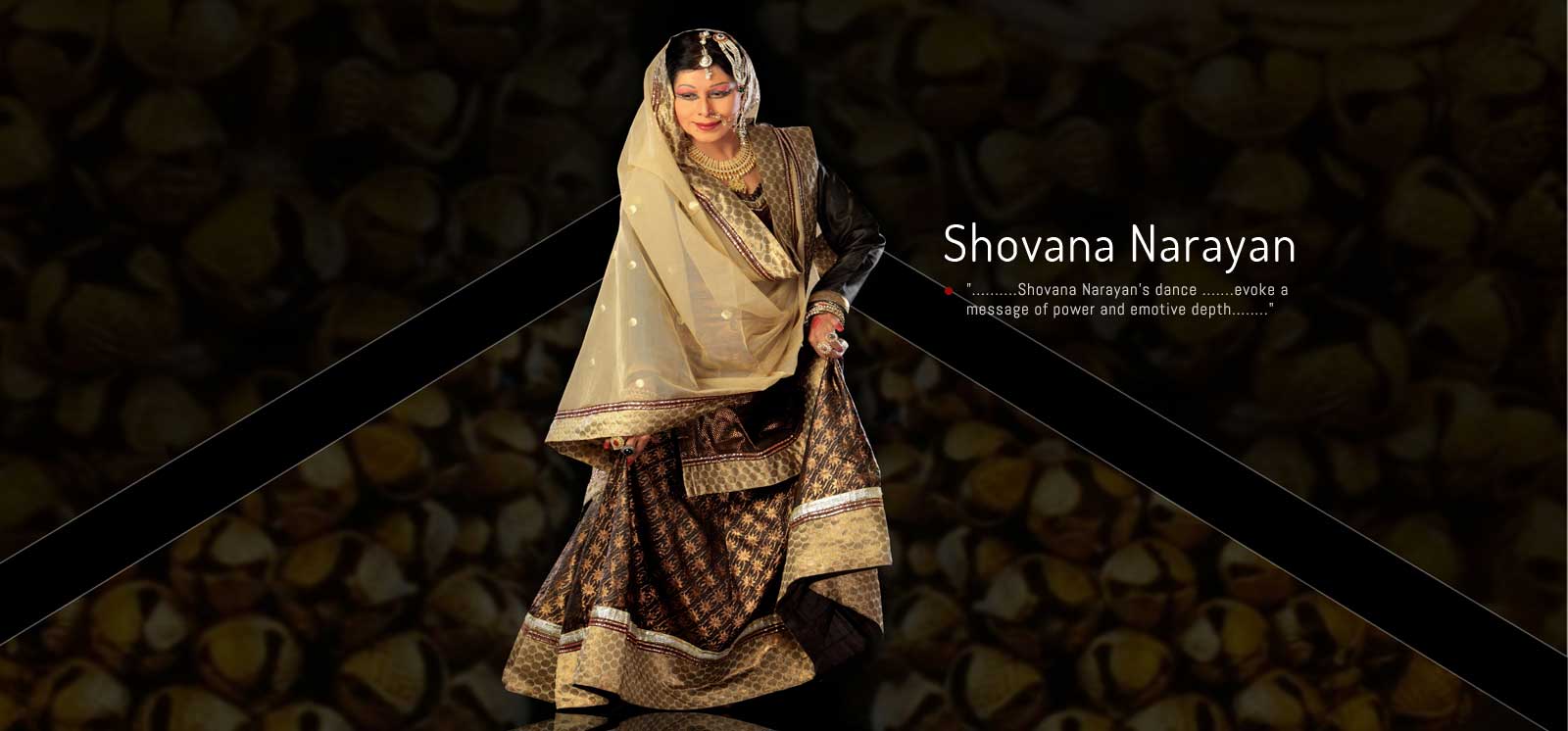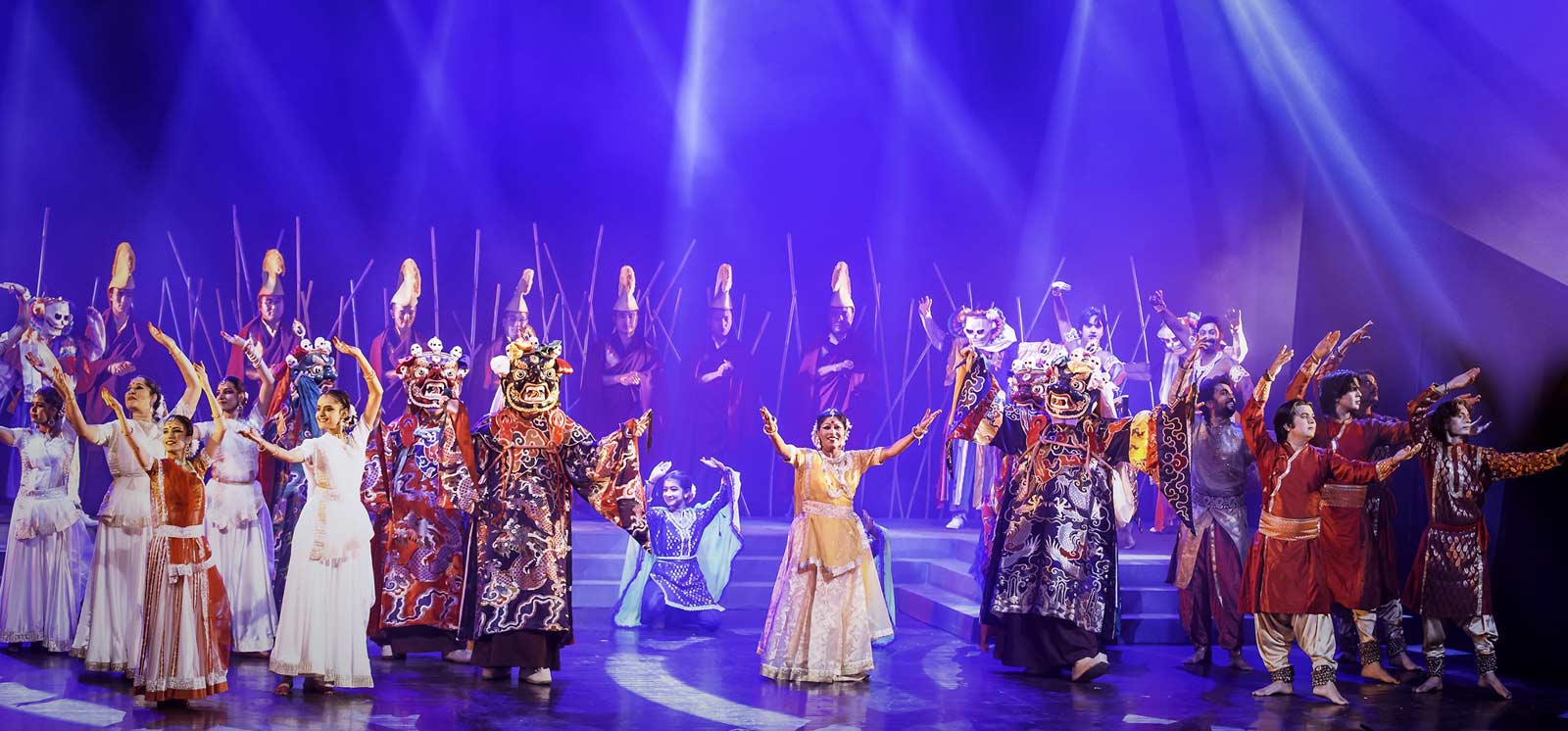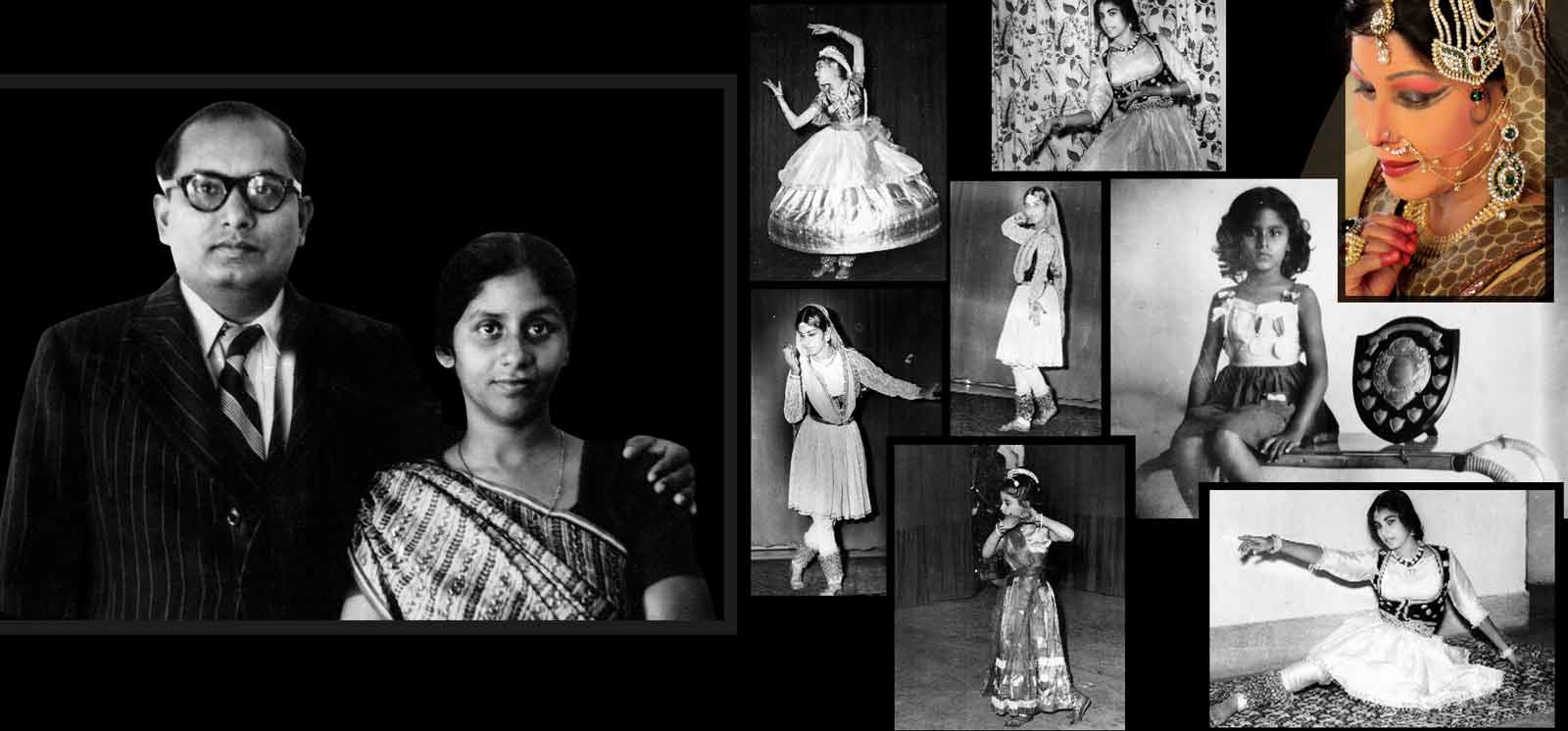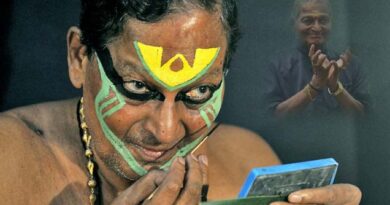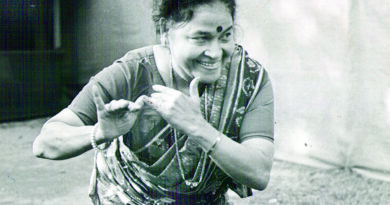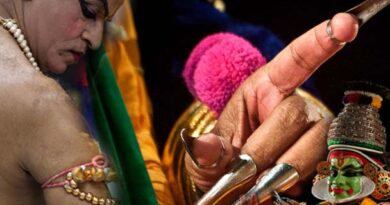Shovana Narayan: A Dynamic Exponent of Kathak
Text: Paul Nicodemus
“We are here to laugh at the odds and live our lives so well that Death will tremble to take us” – Charles Bukowski
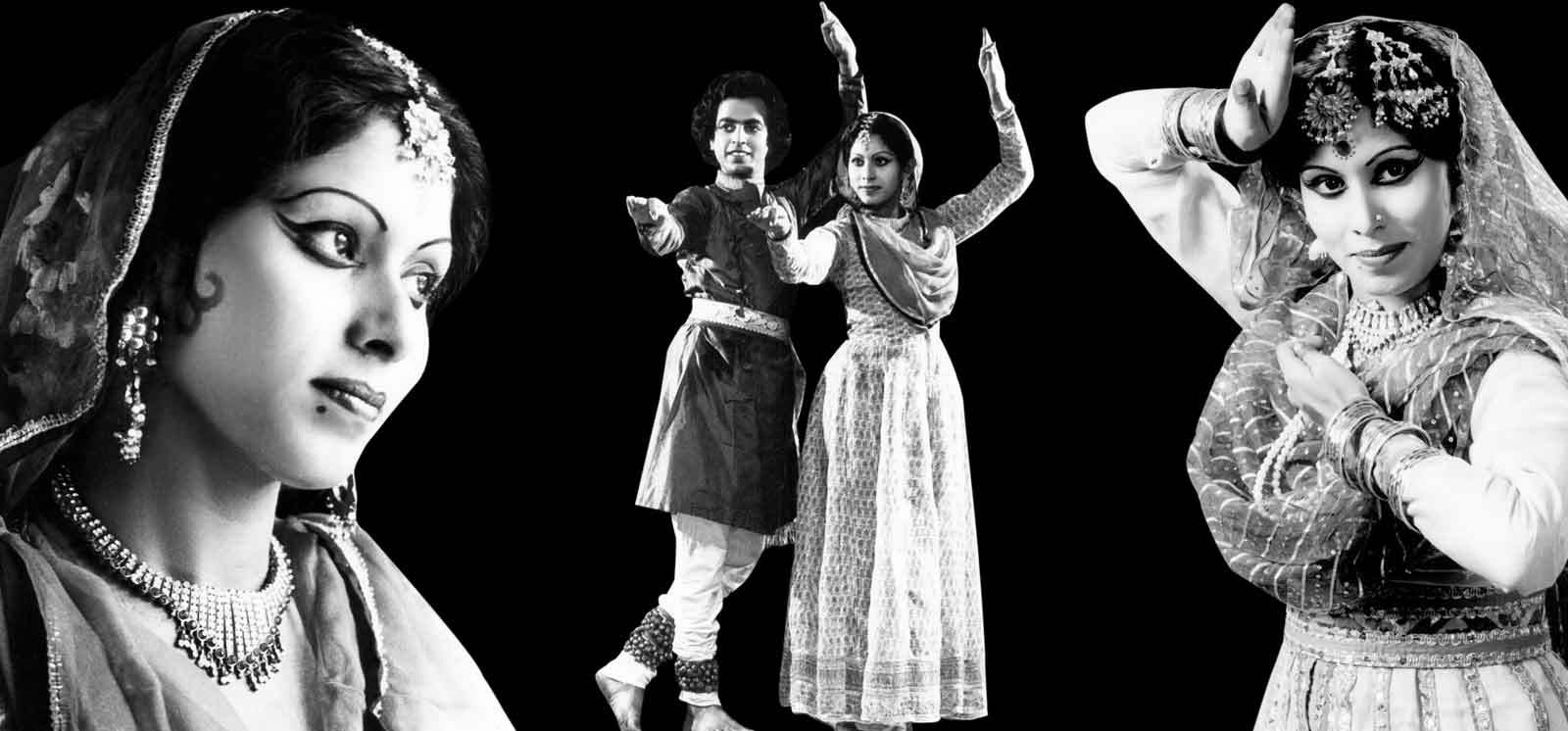 Are you looking for inspiration? Look no further!
Are you looking for inspiration? Look no further!
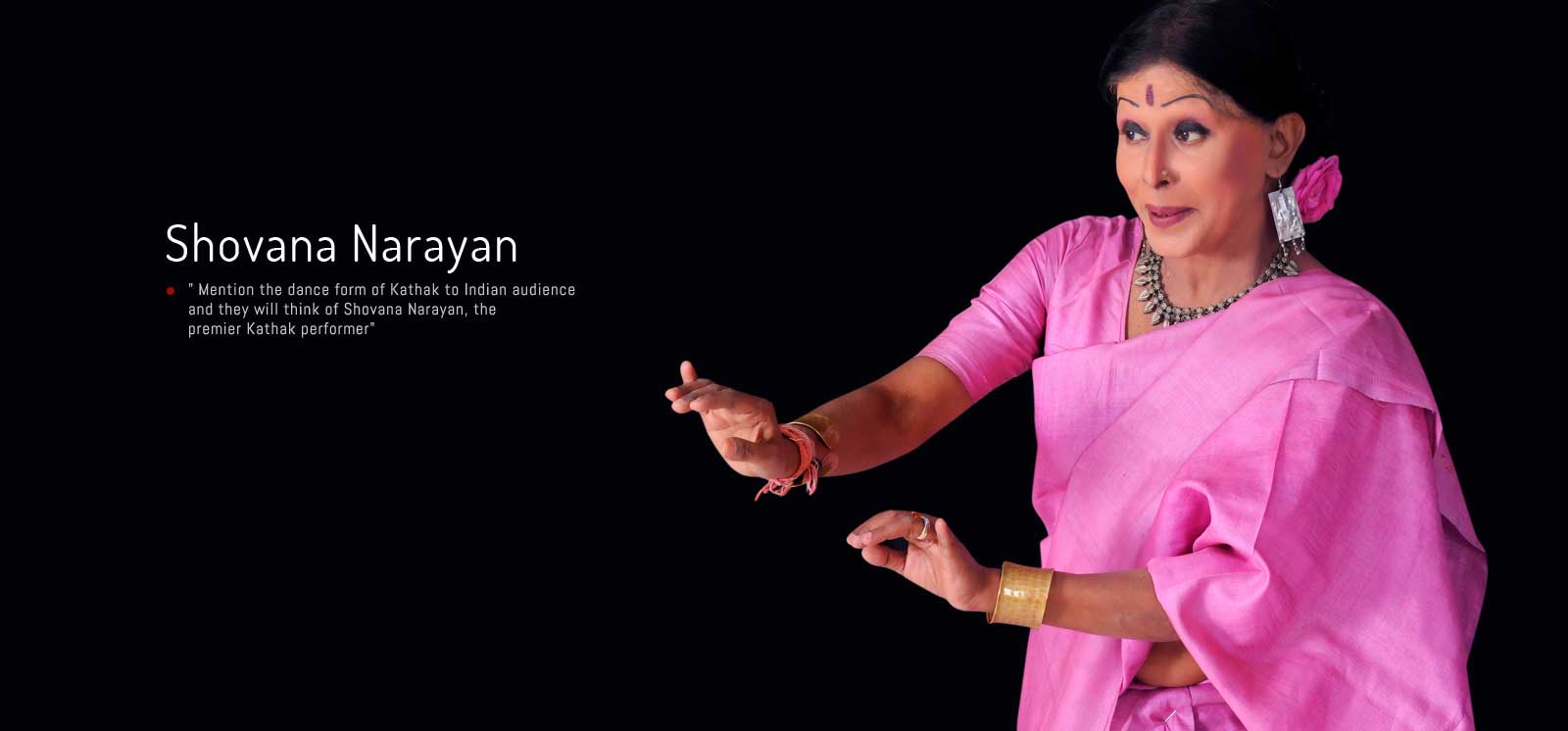
Challenges are a part of everyone’s life, they break us and make us. While some succumb to problems in life, there would be some who look at problems as challenges and rise above them with determination. Padma Shri recipient Shovana Narayan is one such beautiful individual with an incredible journey and inspirational story to share. Her indomitable spirit to laugh at adversities and look at problems as challenges is epic.
Shovana Narayan is an outstanding Kathak artiste, a guru, a choreographer and a prolific writer. She is a personification of elegance, sensitivity and grace, and yet she is a vault of creativity, talent and a pillar of inner strength and determination. These qualities made her into one of the most celebrated personalities in the art fraternity. For over five decades, she has been mesmerising national and international audiences with her work.
Shovana was born on 2 September 1950, in the house of Rabindranath Tagore’s niece, Saraladevi Choudhuri in Kolkata, West Bengal. Her father, KD Narayan, was a civil servant and mother, Lalita Narayan was a social worker and politician.
While in Calcutta, at 3, she was initiated into Kathak dance by the legendary dancer-actress Sadhana Bose, daughter of Keshav Chandra Sen and elder sister of famous Thumri singer Naina Devi. After moving to Bombay in 1955, she was trained under Guru Kundanlal. In 1962, her father got transferred to Delhi, and she was trained under Guru Birju Maharaj. She was Maharaj’s dancing partner for some time and later went out on her own. Shovana had productive learning and an illustrious dancing career. “Even as a little child, I knew I would be a dancer,” she says.She started learning under Pandit Birju Maharaj at 13 and continued to learn for 12 years. “I am extremely grateful to him because he used to come every day to my house to teach me. He would come around 7:30 pm and taught me till 10:30 pm. He taught me the whole day on Sundays when I got the National scholarship and enrolled in Kathak Kendra. So I am always grateful to Maharaj Ji for the kind of interest he took in grooming me as a dancer.”
Her first stage performance was at four. As a child artiste, she performed at many places in Bombay and Delhi. But her professional dance career started in 1970-71. She got a booking on her own and performed at Shanmukhananda Hall in Bombay. “Those days, being a Kathak dancer meant, it was not necessary for me to take my tabla player and that meant the organiser could book any tabla player. Ustad Latif Ahmed Khan, a senior tabla artiste, was booked. It was some experience which set the tone for me,” she said. She went on to be recognised as a serious Kathak dancer. One performance led to another, and it worked as a multiplication factor. Art connoisseurs and critics widely accepted her.
Shovana does not hail from a family of dancers, so there was an equal emphasis on studies. She has been conferred D.Litt (HC) from Khairagarh University. She also holds 2 (two) M.Phil degrees (Defence & Strategic Studies from University of Madras and in Social Sciences from the University of Punjab), besides having a Master’s degree in Physics from University of Delhi. She was also shortlisted for the Distinguished Alumni Award, University of Delhi, 1997.
A keen educationist, she has served/is serving on the Governing Board of several Colleges, Institutes of Higher Education including IIT Delhi, IIM, Indian Institute of Finance, Trustee of IGNCA (Indira Gandhi National Centre for Arts) and on Al Gore’s The Climate Reality Project India.Charting new paths she has relentlessly pursued two parallel exacting professional careers, achieving distinction in both. She already established herself as a reputed young Kathak dancer of the country when she entered the civil service (Indian Audits & Accounts Service, 1976 batch) from where she retired (superannuated). “I think I was the first person to be a professional dancer who went into civil service,” she says. She balanced both careers with equal skill. “As a dancer, every performance is an examination, every performance counts, and as a civil servant, your work counts,” she adds.She served in challenging assignments in the ministry of water resources, ministry of finance, Rajya Sabha, BSNL, as the assistant returning officer in Presidential Elections of 1992, as DG of iCISA (International Centre International Centre for Information Systems and Audit) in CAG of India.
Her dance teaching started by accident. It started as a gesture to help. “In 1973, Guru Shambhu Maharaj died and to support his family, I started holding classes where his son would come and play the tabla,” she revisits. Over time, she realised she was good at it too and continued teaching. “The only time I had to stop teaching was when I underwent training in Mussoorie,” she says.
Shovana established the ASAVARI institution in 1979. However, the roots of ASAVARI were laid in 1973 when the granddaughter of the famous Hindi writer, Jainendra Kumar Jain, Shruti Gupta insisted that she would like to receive training from the then up-coming Kathak dancer, Shovana Narayan, the foremost disciple of Pt. Birju Maharaj, who was speedily making her mark in the competitive field of classical dance. The death of Pt Shambhu Maharaj and the desire to assist the family became catalytic in Shovana’s acceptance to teach Kathak nuances to Shruti.
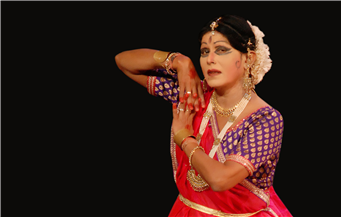
In an atmosphere where family relationships are under strain, Shovana again set an example of having a successful long-distance inter-continental marriage to an Austrian diplomat, Dr Herbert Traxl, who served as his country’s Ambassador in several countries since 1983. They got married on May 4, 1982. She has been a caring mother to their son, Erwin Ishan Traxl. Erwin is married to Perkha Traxl and they have a daughter named Lyla Traxl. He has been living with the family in Vienna.Shovana is an emotional person and writing came naturally to her. Dance is her breadth and soul but she also had a sound logical mind. She has always been inquisitive about things. “I was always questioning the term Kathak. Where did the term Kathak come from? I wrote to the Oriental Research Institute in Pune and asked them if the Mahabharata had the term Kathak and what did it mean if it had? They replied to me and said that there were three places where the word was mentioned. They typed down the references and sent it to me. Then I thought, why don’t I share this with people?” she says. As she continued her research, she got more information and continued to ask more questions. Instead of keeping the knowledge to herself, she shared the knowledge with everyone in the form of books.
‘Kathak: Rhythmic Echoes and Reflections’ was her first book published by Rolly Books in the 1990s. Looking at her work, Sangeet Natak Akademi, Delhi, asked her if she was interested in taking up a project to know the dance scenario in Bihar. She took an interest in the project and went to Bihar and it resulted in the book, ‘Dance Legacy of Patliputra’. Many books followed with as many as 15 to date.
Talking about the process of writing she says, “I need a concept and I develop a skeleton framework of it. I do a lot of research into it and I don’t go by hearsay. I always look for the primary source rather than secondary or tertiary source.” Through her works, Shovana reiterated the importance of documentation because so many things are said every day. “For example, there is a misrepresentation that the term Kathak came from Moghul courts. It a popular narrative and it is easy for people to believe it but it is completely away from the truth. The truth is that it is a temple dance form performed by the Brahmin community in temples. Had it been born in a Moghul court it would have had a Muslim name but Kathak is a very Sanskrit name,” she explains.
Shovana’s interests are aligned with dance. Because of dance, she loves music, reading and architecture. “You should have a look at my house, it is full of books. I love reading,” she says.
Shovona gets her inspiration from within and says she does not need an external factor to inspire her. All her life, she woke up at 3:30-4 am because she had a dual career. She did her riyaz in the morning till 8 am, got ready and went to office before time. “If the office starts at 9, I used to be there by 8:45 am and left well after the office hours. I was a conscious officer,” she says. Being the head and senior officer she stressed on punctuality and led by example. Whenever she had a performance in Delhi, her car was loaded with costumes and music and instruments. From office, she went straight to the venue, washed her face, got ready and got onto the stage to perform. She had a similar approach to her out-of-town performances. She went straight to the airport and got back to the office on time. Now, after her retirement, she says, “I wake up around 5:30 am and do my riyaz. Even after retirement, there is so much happening around me – research, meetings, teaching, choreographing and performances. How the day passes, one doesn’t know!”
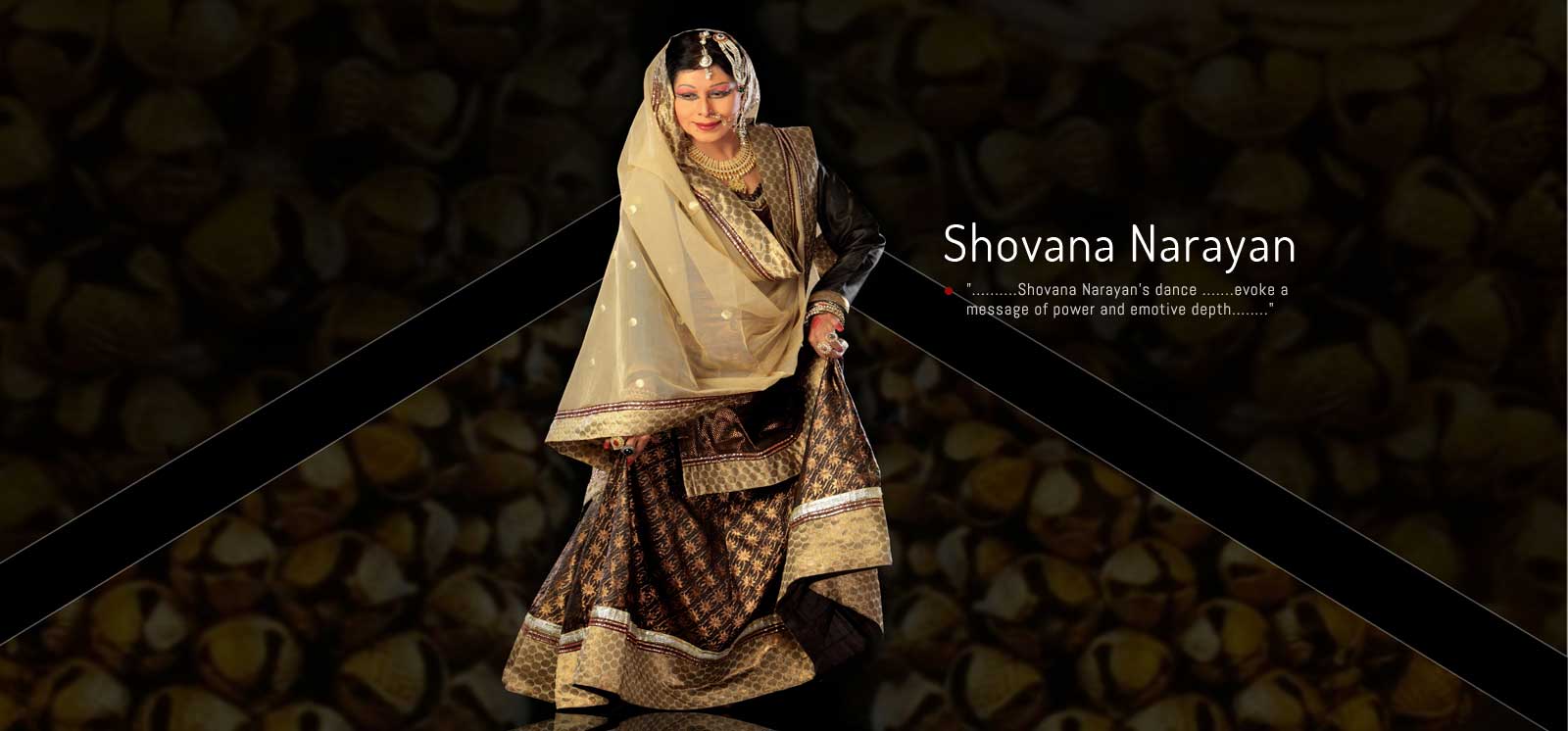
The journey has not been smooth for Shovana but she takes life with a pinch of salt and says, “If there have been no challenges, it is not life. At that point, it might look difficult and problematic but every challenge leaves you wiser and makes you a mature person.” She learnt not to see challenges as problems and welcomed them. She faced them with an open heart.
Life has thrown many challenges at her and she got through them as a shining diamond. “On November 23, 1977, my father died in a train accident. I went to the postmortem room and locate and identify the body, get the postmortem done, bring it to Delhi and I had to lit the pier on 24. On November 26, I had already been booked to perform at the Mathura festival. The question was whether or not I should perform? I went to perform and my younger sister took his ashes to Haridwar. For a long time, I could not believe my father was dead. People see the performer but nobody sees what is happening behind,” she shares.
Shovona did not give in to the challenges that life put her through and with great resilience she says, “Life goes on”. She had a brain-stroke and lost her vision. Doctors told her she had a hole in her heart and put a metal umbrella inside. “I have been dancing Kathak all my life, and they told me I have a hole in my heart. You have to live with it and face it with a smile. So what? Life is not without challenges but why should I cry over it,” she says.
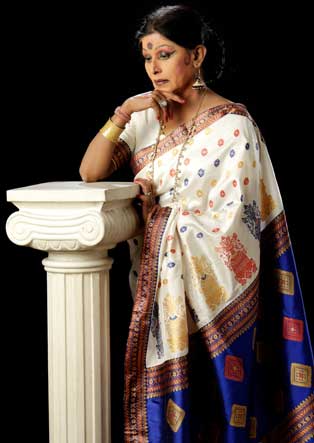
Exhibiting a spirit of social activism, since the 1970s, she has extended the boundaries of Kathak to uncharted literary territories and sensitive social issues such as environment, women and children. During the period 1993 to 1998, she pioneered the genre of dance enactments to philosophical themes with an eminent philosopher, late Prof. Ramchandra Gandhi (grandson of Mahatma Gandhi) that were based on the lives of contemporary thinkers and sages (Mahatma Gandhi, Swami Vivekanand, Ramana Maharshi, Ramakrishna Paramhansa, Francis of Assisi). She has also rejuvenated the narrative tradition of North-India by presenting soliloquy (“Shakuntala” by Maithili Sharan Gupt in 1996 and “Yashoda’s Soliloquy” by Sitakant Mahapatra in 2000). She has also performed in several operas and telefilms.Shovana has spearheaded and produced international collaborative works with nationally and internationally known Indian and western dancers and musicians and with special children since 1976. She has been creative director-choreographer of several international events such as the Opening and Closing Ceremonies of 6th International Abilympics 2003, Commonwealth Games 2010, Ter-Centenary of Guru Gobind Singh Khalsa Panth 1999, and classical dance segment of Golden Jubilee Celebrations of Indian Independence at National Stadium 1997. She has performed before several heads of states and heads of governments all over the world.In her career spanning several decades, she has been conferred with many awards including the Padma Shri Award in 1992; the Sangeet Natak Akademi award for 1999-2000; Delhi Government’s Parishad Samman; Japan’s Oisca Award; Rajiv Gandhi Puraskar; Bihar Gaurav Puraskar; Indira Priyadarshini Samman; Rotary International Award; International Congress of Women; Kalpana Chawla Excellence Award; Dadabhai Naoroji Award; CNN IBN’s Guru Shishya Award; Guru ML Koser Award; Guru Deba Prasad Award; Art Karat Award; Bharat Nirman’s Social Responsibility Award and Rotary Shreyas Award.
Her message:
“There is so much anand or joy in perspiration. It is not the question of instinct, until and unless you go deep into it and derive anand, until you have the depth and do it with sincerity, without taking shortcuts, you will not feel happy inside. For me, that intrinsic happiness is very important.”Guru Shovana Narayan is a classic example of a dynamic artiste. Through her life and her works she has been a role model for the present and the upcoming generation.
Gallery :


